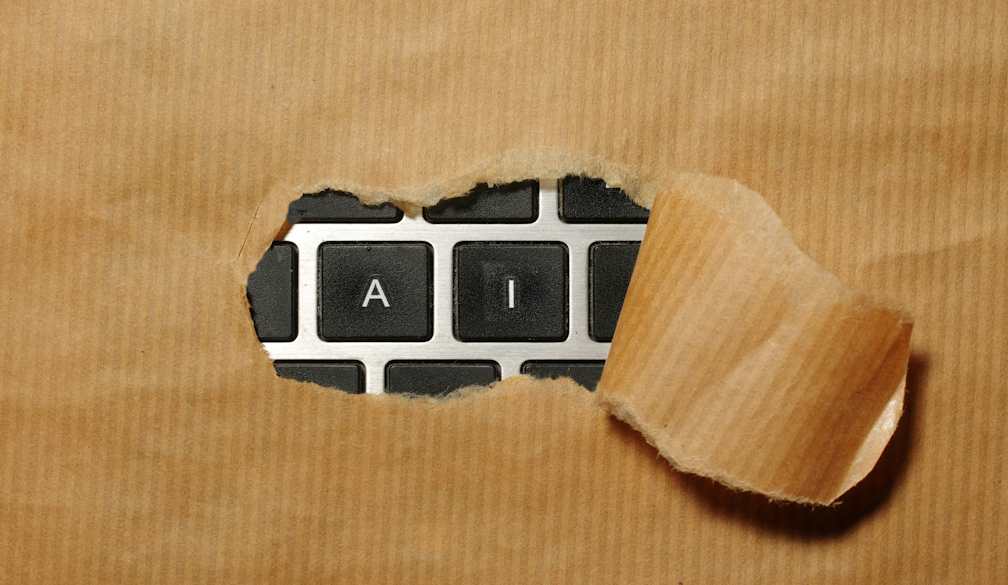FacePalm: 7 Common Content Blunders That Make Readers Bounce

Photo: Kaboompics.com / Pexels
Much like those flexible storage units we rent to hide away our questionable life choices, the internet has become a dumping ground for content that should probably never see the light of day. While creating engaging content isn't rocket science, it's remarkable how often we stumble into the same pitfalls, sending readers running faster than a cat from a cucumber.
Here are seven cringe-worthy content blunders that make your readers click away—and how to fix them.
1. Walls of Text
Nothing screams "please ignore me" quite like an endless paragraph with no visual breaks. It's the content equivalent of trying to bite into a towering burger—technically possible, but you’re probably going to strain something.
To avoid this pitfall, break up your text with subheadings, short paragraphs, and strategic white space. Your readers' eyes will thank you. If you want to get really impressive, add infographics and other multimedia elements. These have been shown to keep reader attention glued to the screen.
2. Buzzword Bonanza
"Our products synergistically leverage paradigm-shifting methodologies to optimize user-centric solutions."
If you understood that sentence, you might be part of the problem. Using industry jargon and buzzwords doesn't make you sound smart—it makes your readers feel either stupid or misled. And readers who’ve been made to feel these sentiments don't tend to stick around.
Avoiding this issue is easy—write in plain English, tailoring your word choices to suit the average reading level of your target market. Remember, $10 words don’t make you sound intelligent. Wielding everyday words masterfully—that’s what really wows people.
3. The Clickbait Hangover
"This One Weird Trick Will Change Your Life Forever!" Spoiler alert: it won't. While clickbait might get initial clicks, it's like promising a gourmet meal and serving microwave noodles. The disappointment leads to distrust, and trust is hard to rebuild.
This doesn’t mean you can’t write attention-grabbing headlines, but it does mean you have to follow through on whatever those headlines promise.
4. The “Me, Myself, and More Me” Show
Some content reads like a teenager's diary—all about the brand, the company, and their amazing achievements. Your readers care about one thing: what's in it for them. How it will solve their problems, address their needs, or help them reach their goals. Save the self-congratulation for your memoir.
5. Grammar Apocalypse
Nothing undermines credibility faster than spelling mistakes and poor grammar. Even minor errors can make readers question your expertise. When in doubt, proofread. Then proofread again. Then have it proofread to you.
6. Dead End Content
Content without a clear purpose or call-to-action is like a road that leads nowhere. What should readers do with this information? How can they take the next step? Don't leave them stranded—give them a clear path forward, whether it's signing up for a newsletter, downloading a resource, or contacting you for more information.
7. Copy-Paste Syndrome
Regurgitating the same ideas that flood the internet adds nothing to the conversation. Instead, bring fresh perspectives, share unique experiences, or offer a contrarian view. Be the signal in the noise, not more static.
The Fix: Quality Over Quantity
Creating compelling content isn't about pumping out articles faster than a caffeinated Daily Mail journalist. It's about crafting valuable, original pieces that respect your readers' time and intelligence. Before publishing anything, ask yourself:
- Does this solve a real problem?
- Would I actually want to read this?
- Does it offer something new to the conversation?
- Is it clear, concise, and easy to follow?
- Have I edited it thoroughly?
The internet doesn't have a quantity shortage—it has a quality shortage. By avoiding these common blunders, you'll keep readers engaged, build trust, and create something worth sharing. And isn't that the point?









